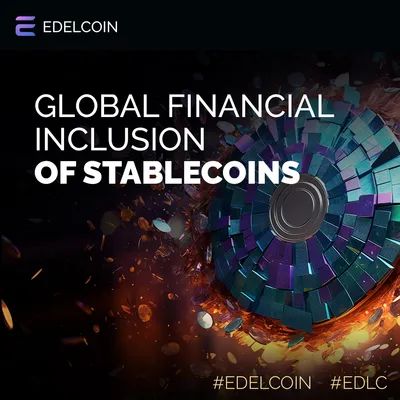Stablecoins and Their Impact on Global Financial Inclusion
Stablecoins are contributing to global financial inclusion and the opportunities they present for creating a more equitable financial system.

Stablecoins are contributing to global financial inclusion and the opportunities they present for creating a more equitable financial system.

Stablecoins offer a way to hedge against crypto price fluctuations, providing stability and security.

What are the different types of cryptoexchanges and how to buy Edelcoin (EDLC). Our guide is on LBank, XT.com, MEXC, and ProBit with insights.

As cryptocurrencies gain popularity, so do the risks of fraud and scams. Protecting yourself from cryptocurrency fraud is crucial. This article provides essential safety tips to help you navigate the crypto world with confidence and security.

Learn how to overcome common fears about cryptocurrencies, from security concerns to volatility and regulatory uncertainty. Empower yourself with practical strategies and confidence to navigate the world of digital currencies. Read more on Edelverse.org.

Stablecoins have emerged as a vital solution to the problem of volatility. From the early days of Tether to the innovative asset-backed models like Edelcoin, stablecoins are transforming the financial landscape.

Stablecoins are designed to minimize the volatility associated with traditional cryptocurrencies.

Polygon is an Ethereum Layer 2 scaling solution that has gained substantial popularity.

Stablecoins maintain a stable value. They achieve this by pegging their value to more stable assets such as fiat currencies, commodities, or a basket of assets.

Stablecoins maintain a stable value, often pegged to a fiat currency or a basket of assets. This stability makes them particularly appealing for various financial applications, including banking.
